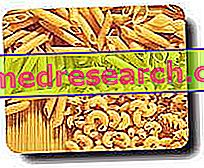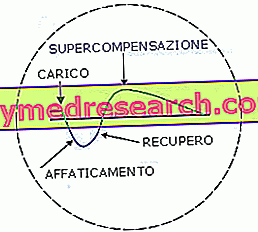Related articles: Coronary artery disease
Definition
Coronary arteries are the arteries that carry blood, oxygen and nutrients to the heart. When these vessels are damaged or sick, generally due to the deposit of fatty plaques called atheromas, this is called coronary artery disease. The progressive growth of these deposits decreases the blood flow to the heart, causing chest pains in conjunction with physical exertion, shortness of breath and other symptoms that regress with rest. A complete obstruction can instead lead to a heart attack.Most common symptoms and signs *
- anguish
- Asthenia
- Heartburn
- Cardiomegaly
- palpitations
- Dyspnoea
- Distension of the neck veins
- Abdominal pain
- Chest pain
- Pain in the sternum
- Atrial fibrillation
- Ventricular fibrillation
- Atrial flutter
- Paradoxical pulse
- presyncope
- Sweating
Further indications
In the early stages of its development, which lasts many years, coronary heart disease is in a so-called silent (asymptomatic) phase. Only when the atherosclerotic plaque reaches significant dimensions can the typical symptoms of coronary artery disease occur. In a good percentage of cases these symptoms are related to angina, but it is not uncommon for the initial manifestation to be infarction or sudden death. Hence the importance of adequate prevention based on abstaining from smoking, a balanced diet, regular exercise, maintenance of body weight within the limits of normality and optimal management of daily stress.



